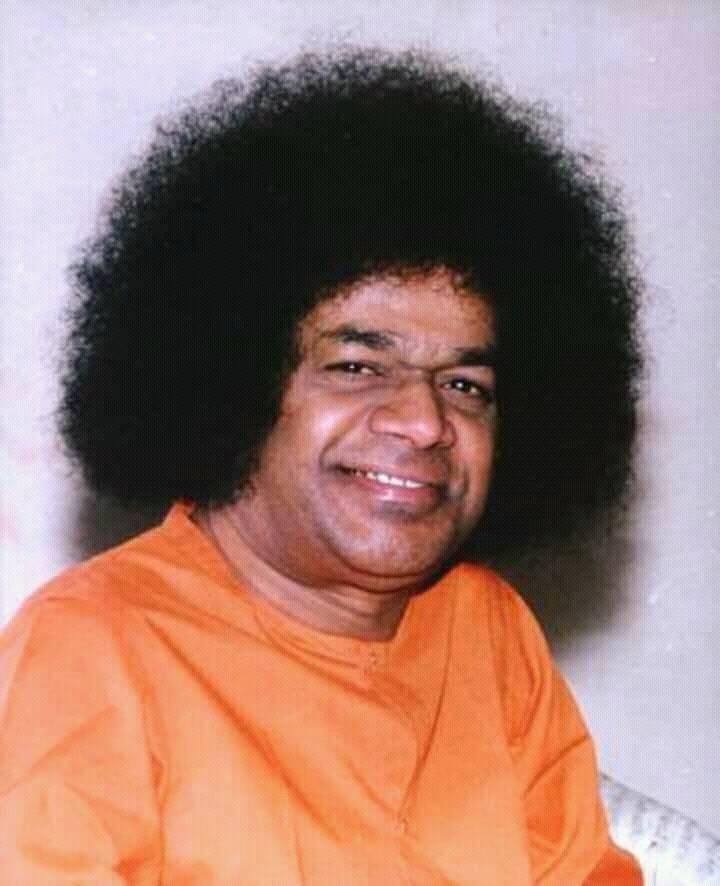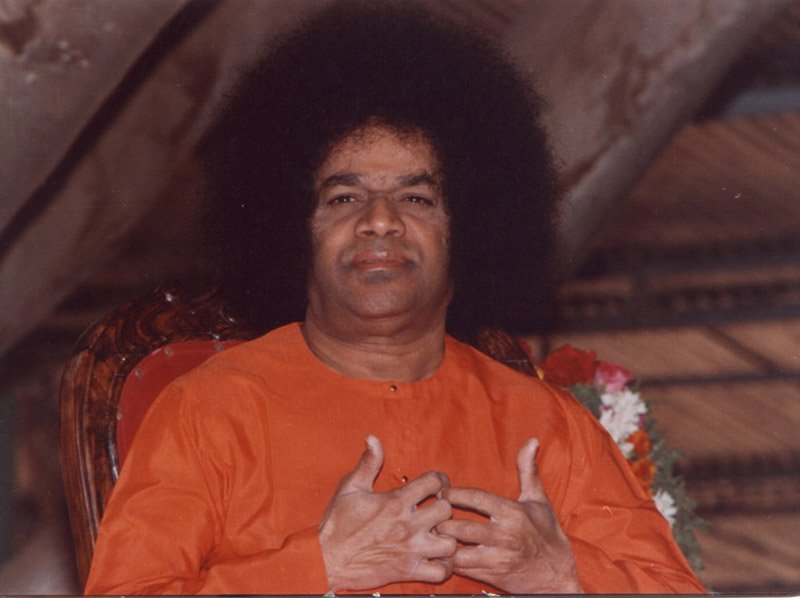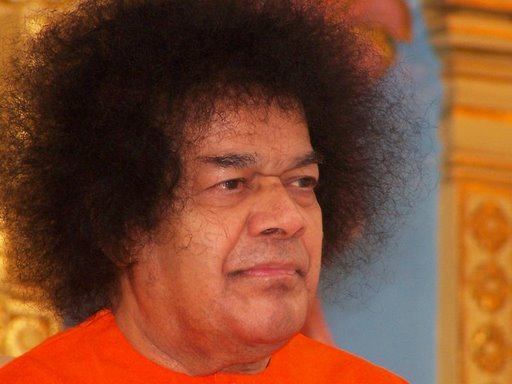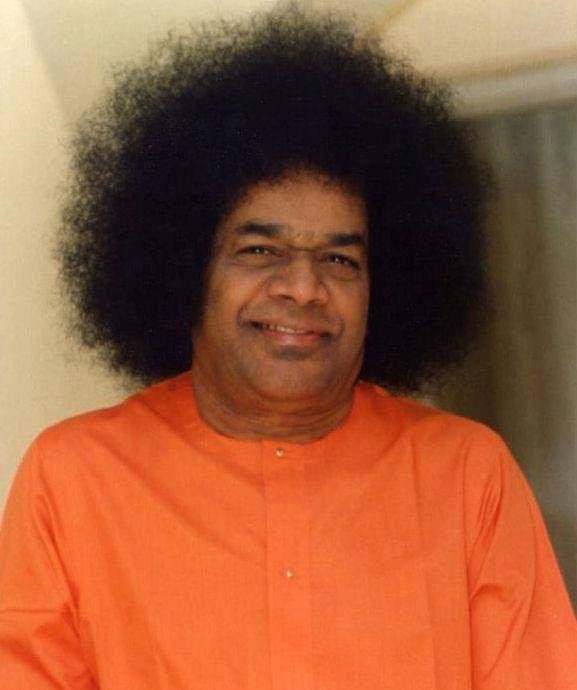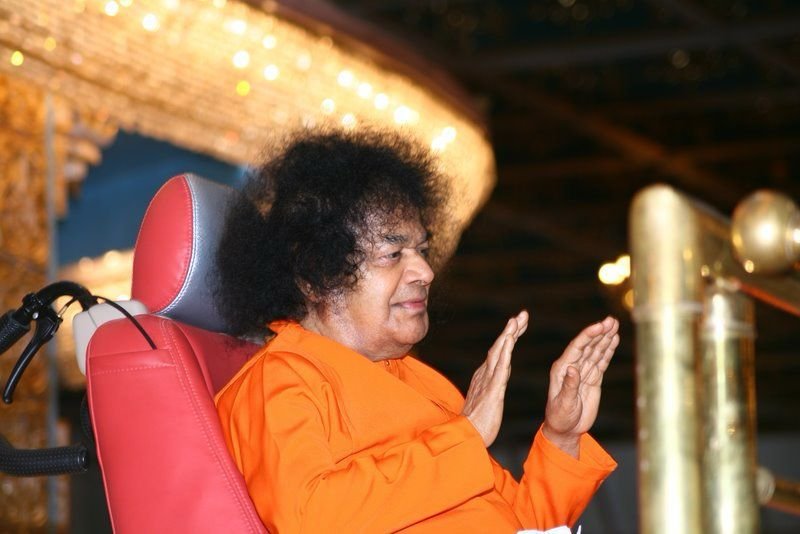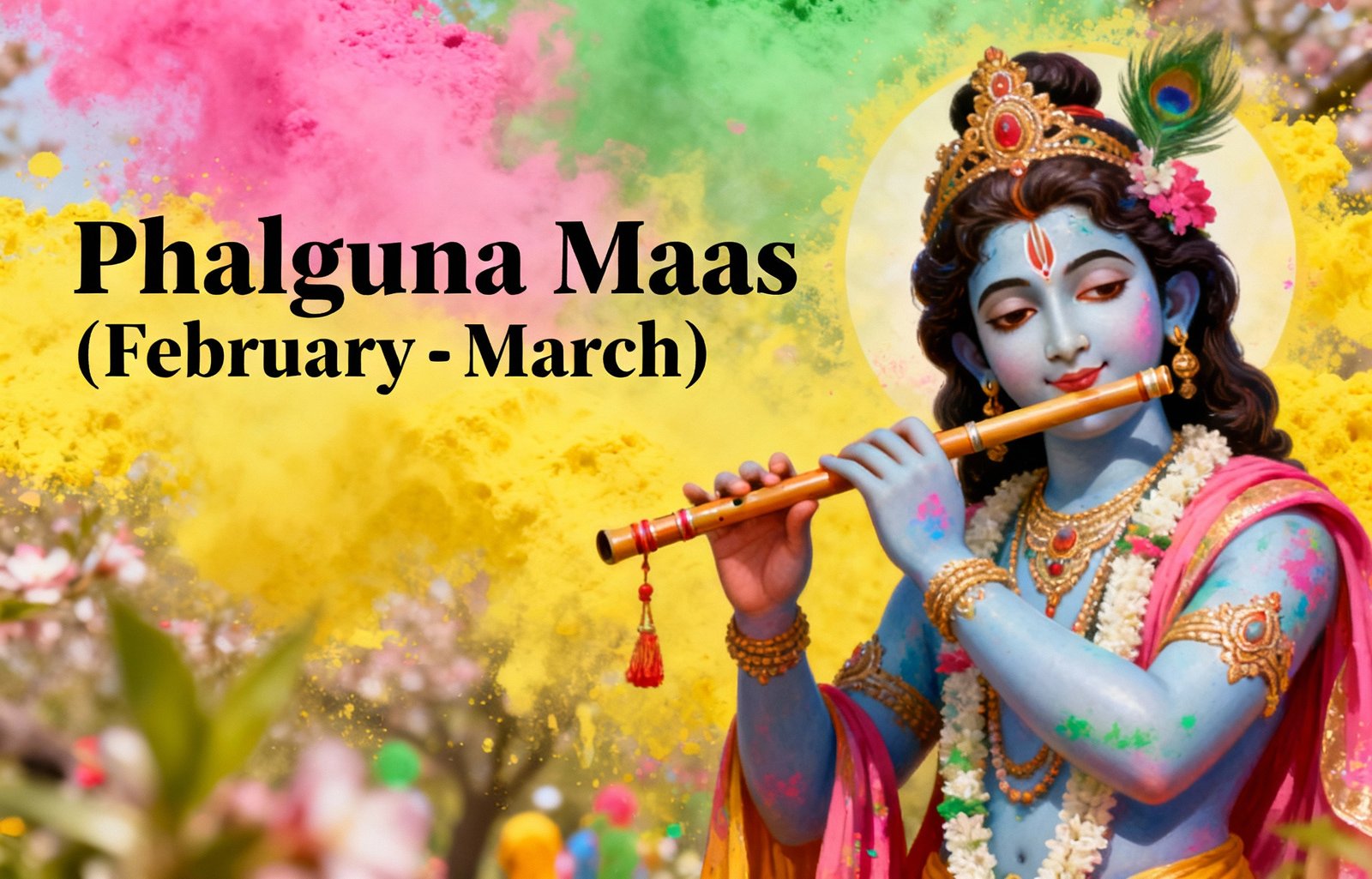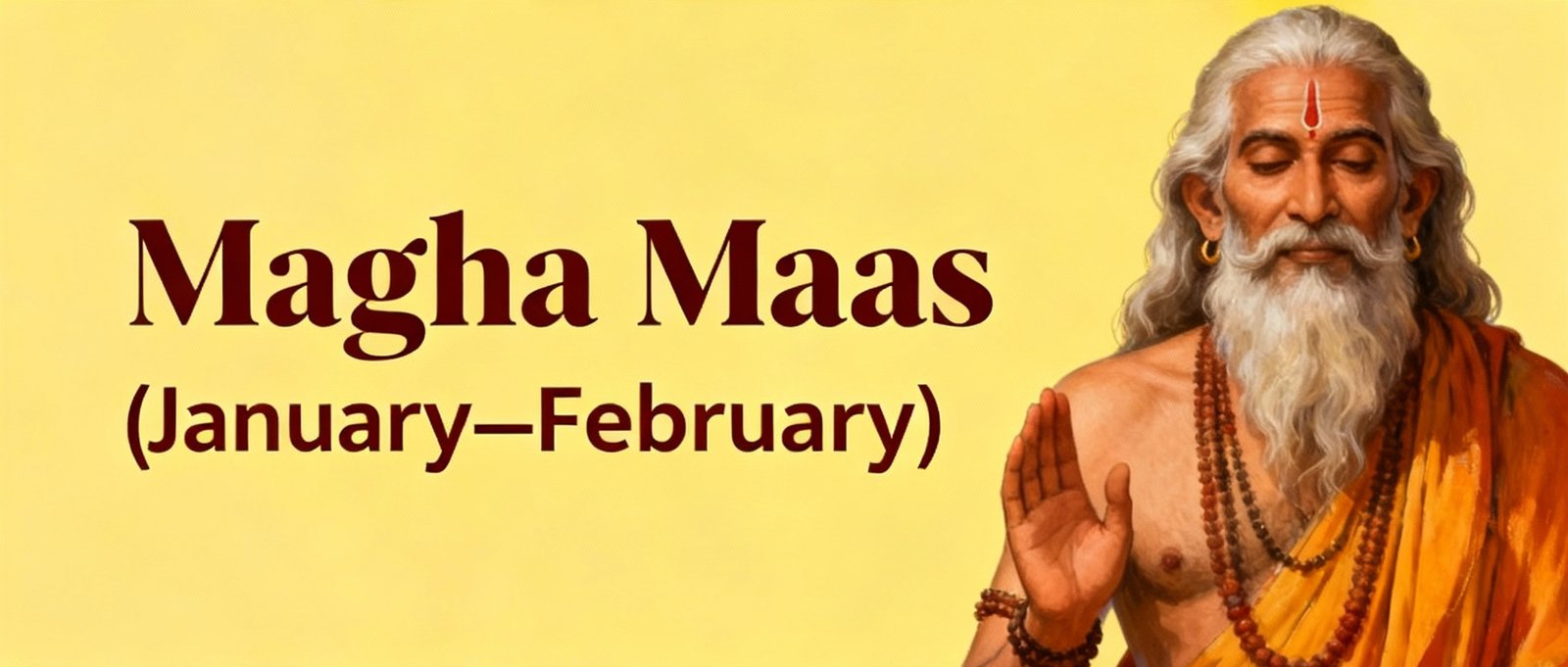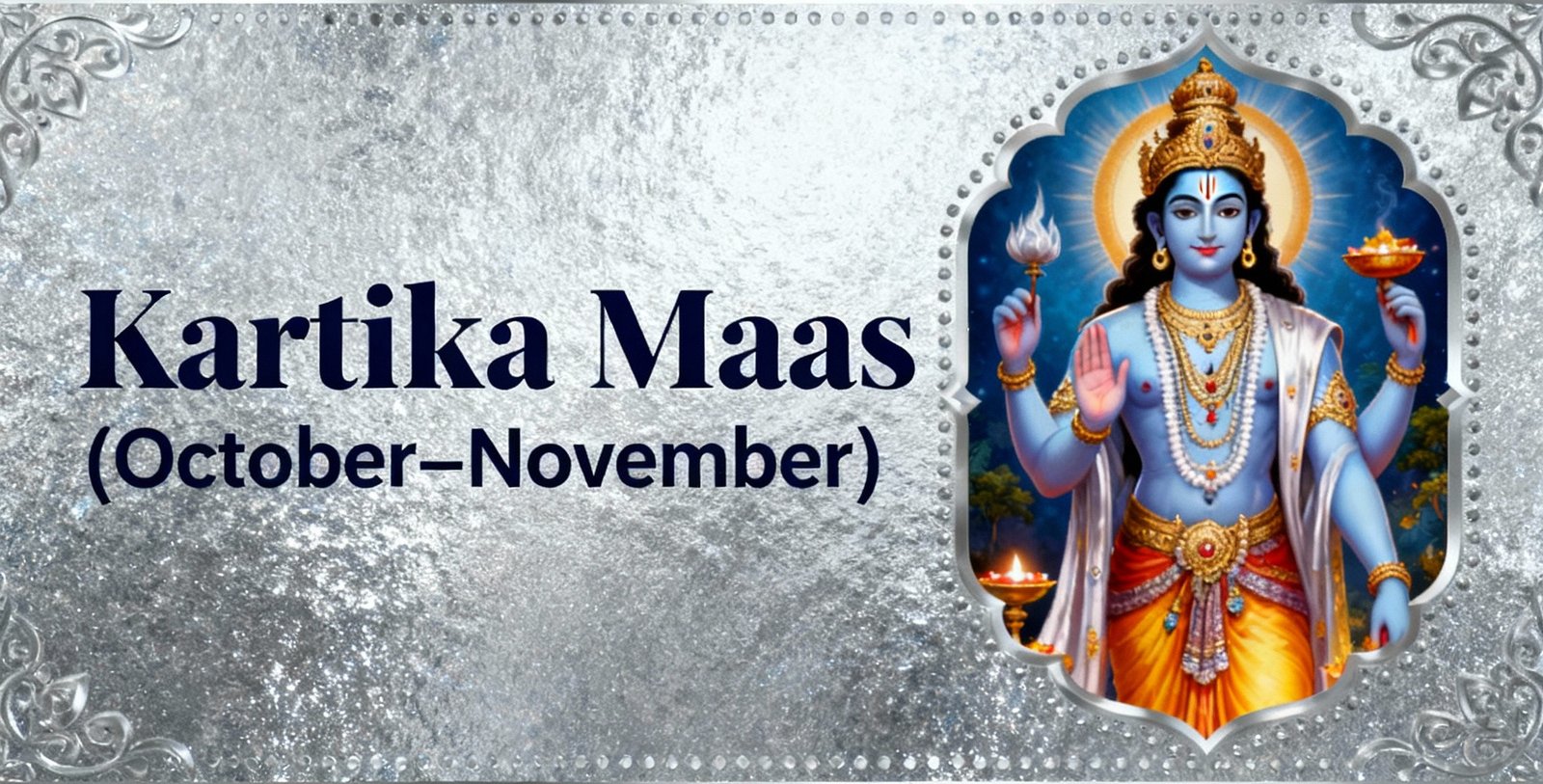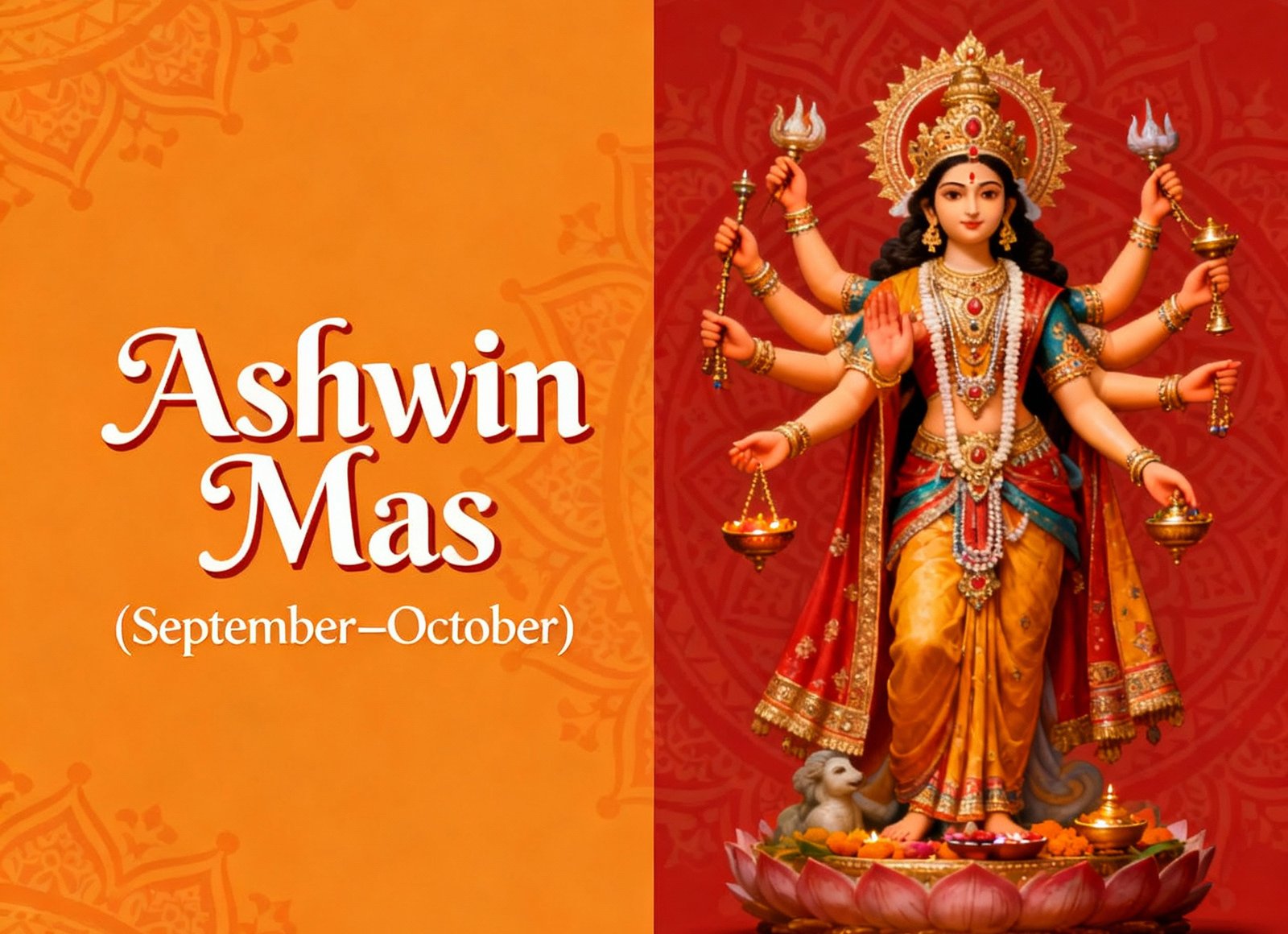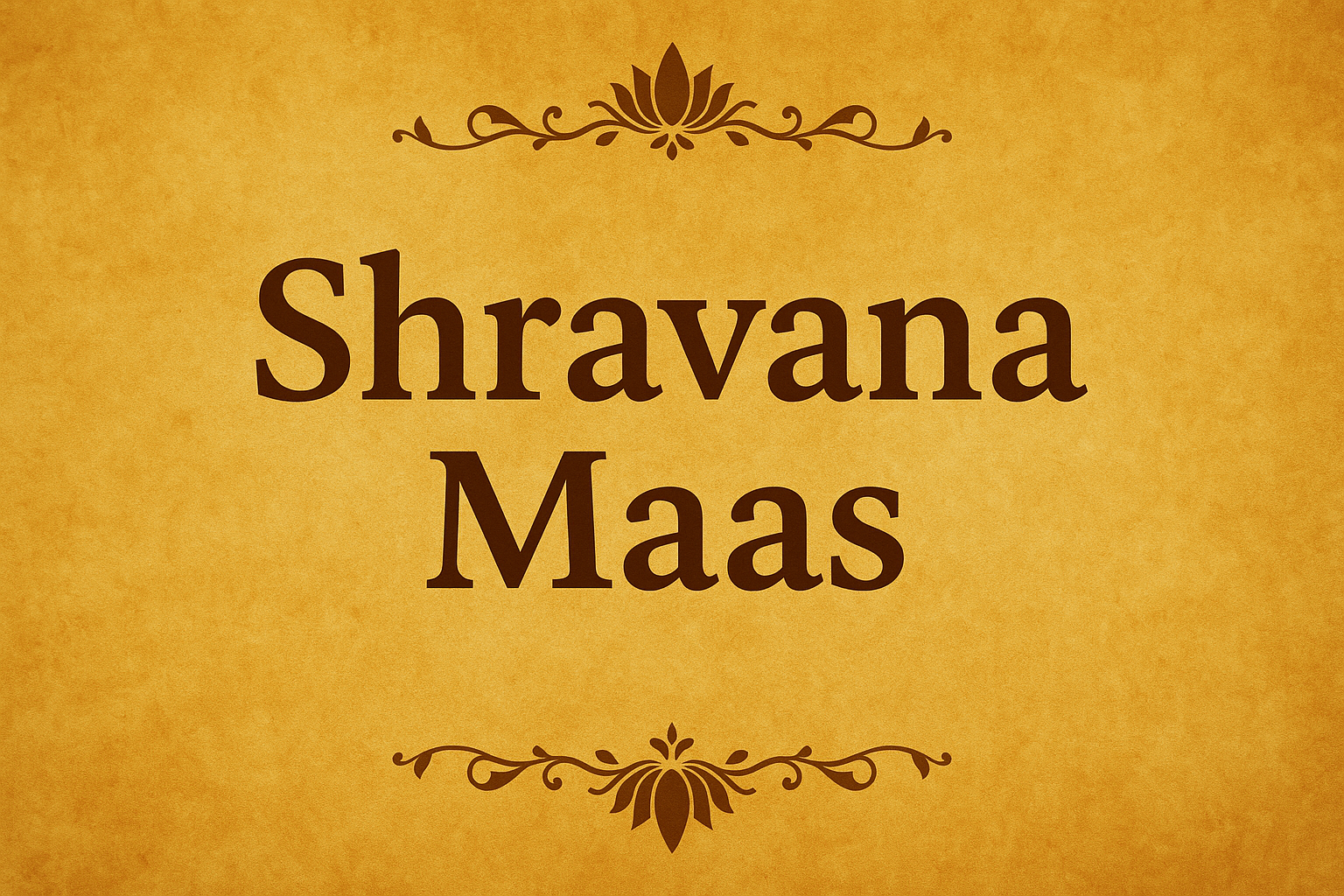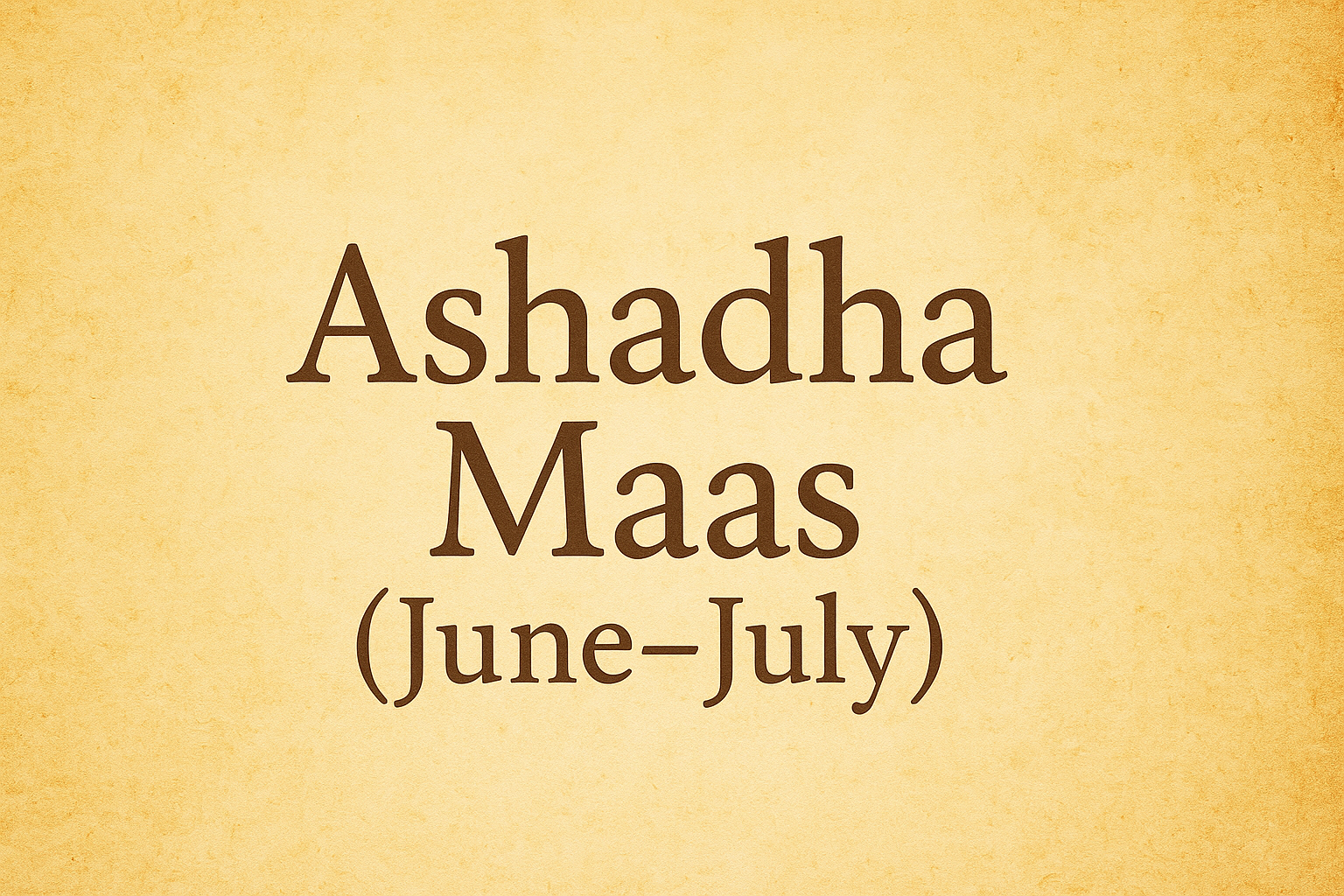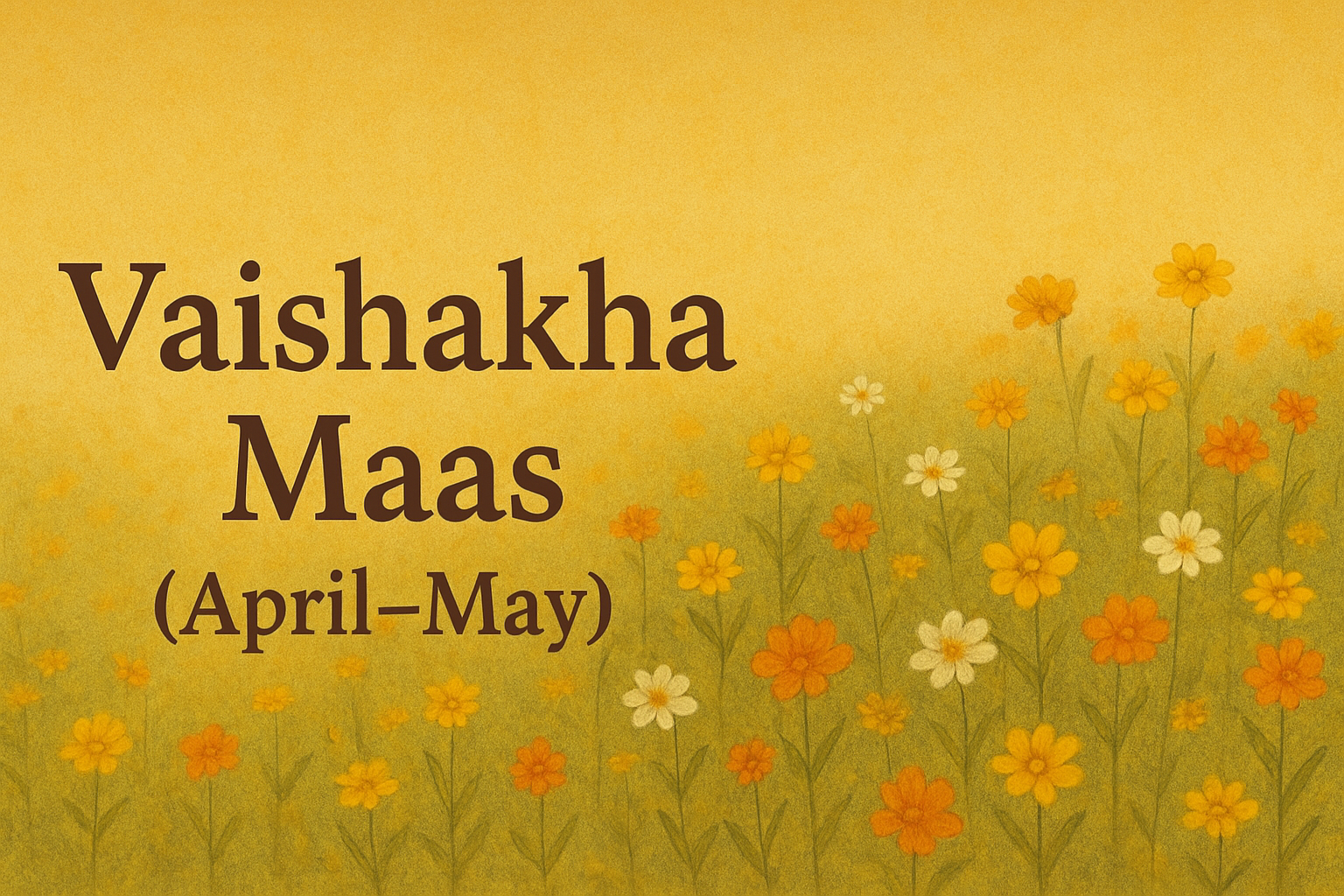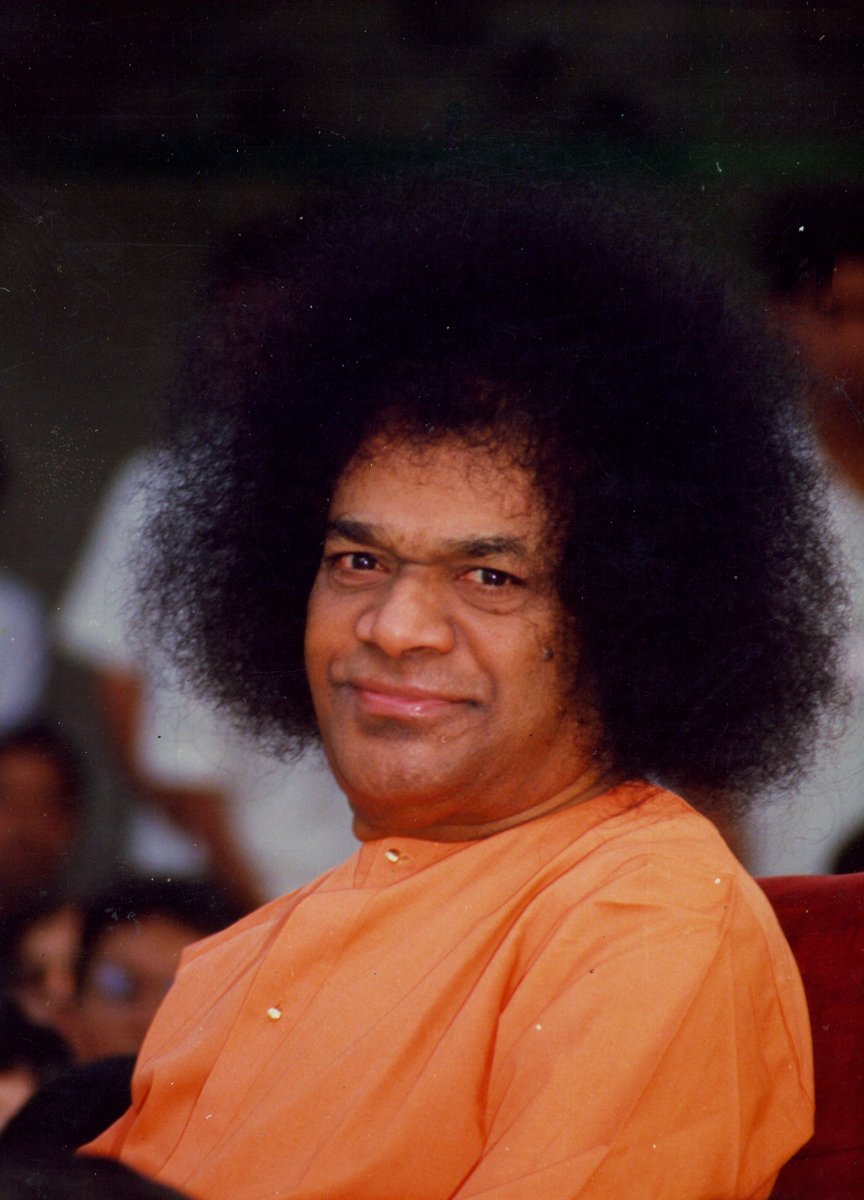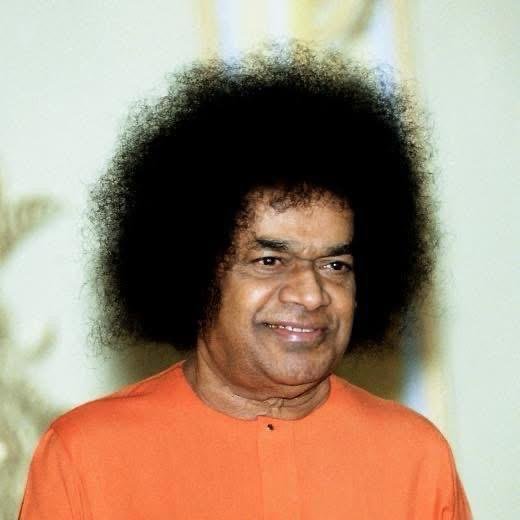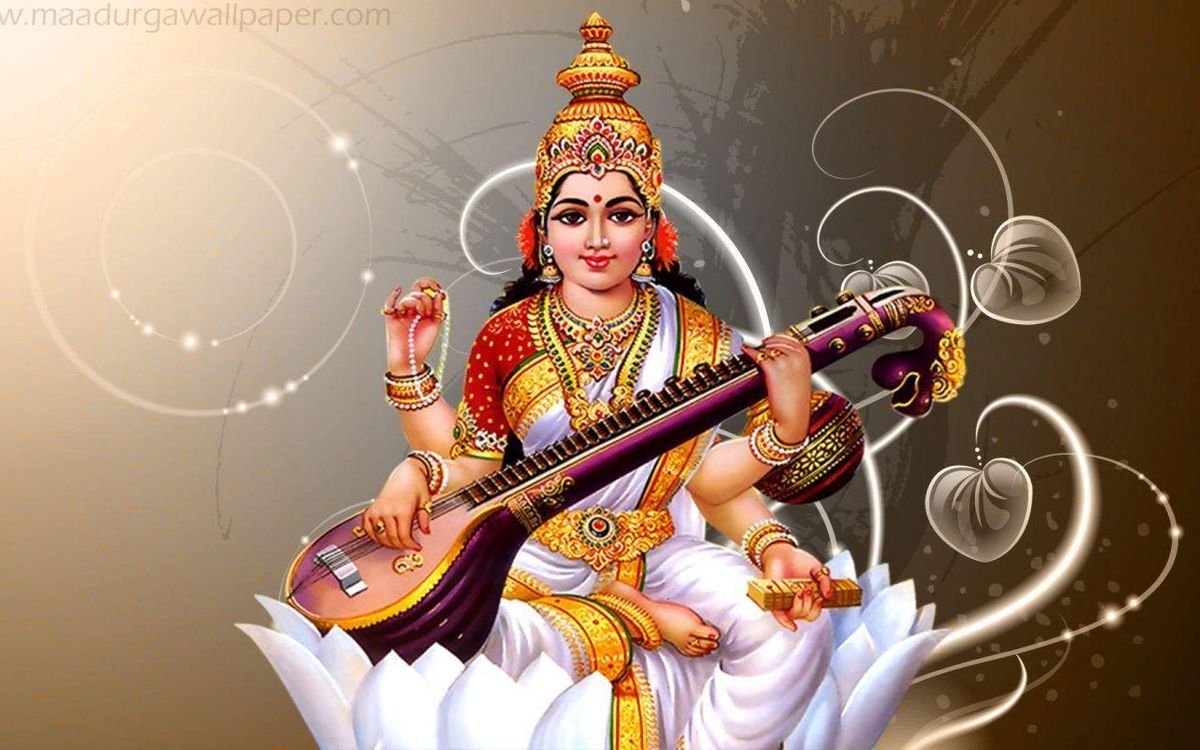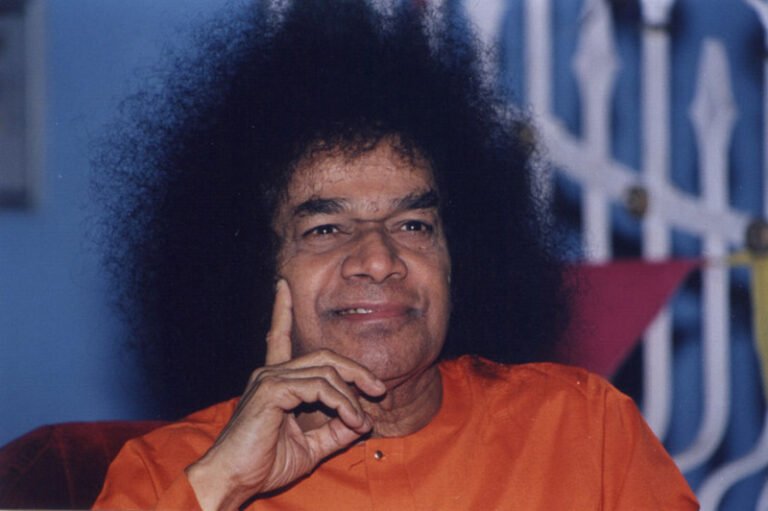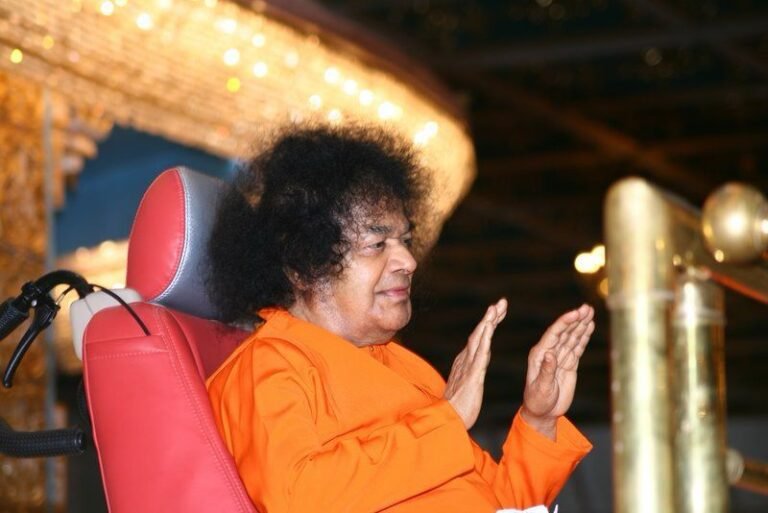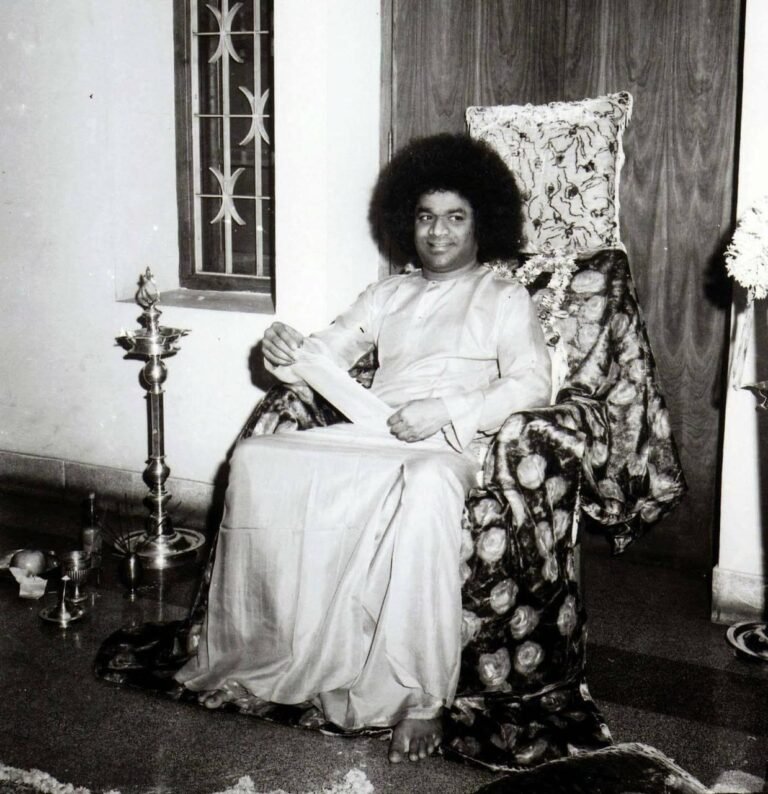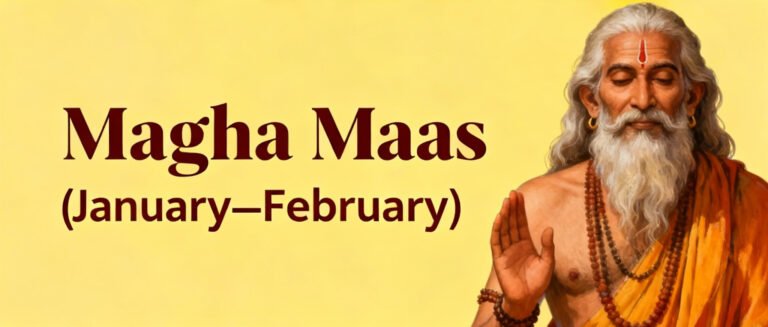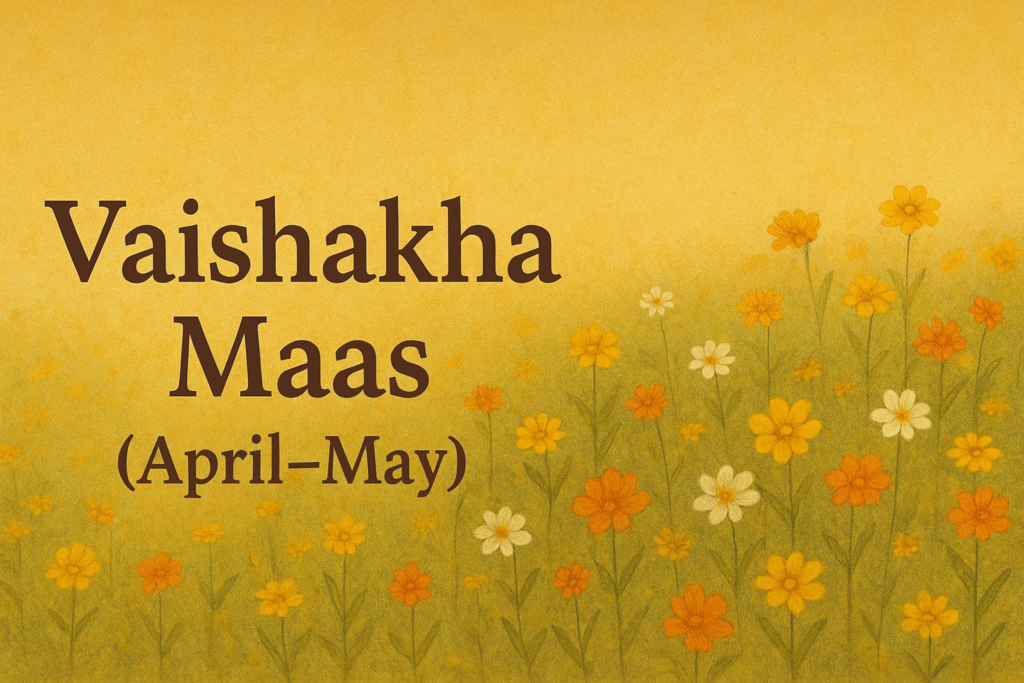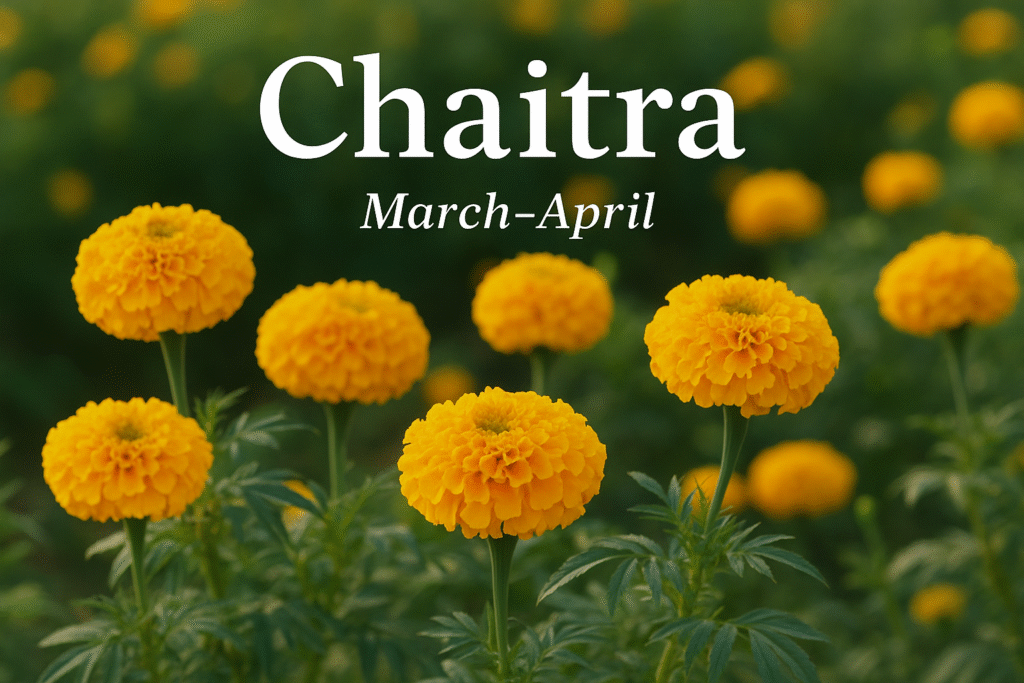Vaishakha Month Ekadashi (April–May)
Ekadashi In The Month Vaishakha (April–May) 🌙 Varuthini Ekadashi – Krishna Paksha (Vaishakha Month) Varuthini Ekadashi, also known as Baruthani or Varuthini Vrat, is one of the highly revered Ekadashis observed in the Krishna Paksha (waning phase of the moon) during the Vaishakha month (April–May). The Sanskrit term “Varuthini” means “one who protects” — symbolizing divine protection, prosperity, and spiritual strength. Observing this Ekadashi is said to grant protection from evil influences, restore lost fortune, and ultimately lead to Moksha (liberation). 📜 Mythological Significance The glory of Varuthini Ekadashi is described in the Bhavishya Purana, where Lord Krishna reveals its importance to King Yudhishthira. According to the legend, there once lived a pious and generous ruler named King Mandhata, who was known for his righteousness and devotion. However, due to a curse from a sage, the king lost his wealth, beauty, and power. Wandering in sorrow, he met Sage Vasishta, who advised him to observe Varuthini Ekadashi Vrat with full faith and devotion to Lord Vishnu. Following the sage’s instructions, King Mandhata performed the fast with great sincerity, and through the grace of Lord Vishnu, he was freed from his curse and regained his glory. This story emphasizes that true repentance, devotion, and the observance of sacred discipline can erase even the gravest misfortunes and sins. 🕉️ Spiritual Meaning Varuthini Ekadashi teaches the principle of divine protection through self-restraint. The word “Varuthini” represents the shield that safeguards devotees from sins, misfortunes, and bad karma. It encourages turning inward, letting go of material attachments, and finding peace in spiritual surrender to Lord Vishnu. This Ekadashi is also believed to cleanse the chitta (mind), atma (soul), and karma (actions) — aligning the devotee with higher virtues such as truth, compassion, humility, and contentment. 🌺 Rituals and Observances 1. Preparation (Dashami Day) 2. Ekadashi Day (Main Vrat) 3. Dwadashi (Next Morning) 🌿 Do’s and Don’ts of Varuthini Ekadashi ✅ Do’s 🚫 Don’ts ✨ Benefits of Observing Varuthini Ekadashi 📖 Scriptural References 💫 Essence of Varuthini Ekadashi Varuthini Ekadashi is a sacred reminder that the true wealth of life lies in faith, purity, and devotion. Just as King Mandhata regained his lost glory through prayer and penance, devotees too can restore peace, balance, and joy by surrendering to Lord Vishnu’s will. This Ekadashi not only brings divine blessings but also empowers one to walk the path of righteousness, leading toward self-realization and eternal protection under the grace of Sri Hari Vishnu. inward, seek forgiveness, and embrace divine consciousness.Observing this Ekadashi not only purifies the soul but also brings inner strength, calmness, and protection from negative influences. 🌙 Mohini Ekadashi – Shukla Paksha (Vaishakha Month) Mohini Ekadashi is a sacred day observed during the Shukla Paksha (waxing phase of the moon) in the month of Vaishakha (April–May). This Ekadashi holds immense spiritual importance as it is associated with Lord Vishnu’s divine incarnation as Mohini, the celestial enchantress. The name “Mohini” means “one who deludes or attracts”, symbolizing the divine power that helps devotees overcome illusion (Maya) and worldly attachments. This Ekadashi is known for destroying sins, removing confusion, and granting spiritual clarity. It is said that by observing this fast, one attains liberation from all past karmas and achieves the grace of Lord Vishnu, the preserver of the universe. 📜 Mythological Significance The glory of Mohini Ekadashi is described in the Kurma Purana, where Lord Krishna narrates its importance to King Yudhishthira. In the ancient times, during the Samudra Manthan (Churning of the Ocean), the devas (gods) and asuras (demons) churned the ocean to obtain Amrita (nectar of immortality). When the nectar finally emerged, a fierce battle broke out between the two sides to possess it. To protect the divine nectar, Lord Vishnu assumed the form of Mohini, an enchanting celestial maiden. With her beauty and charm, she deluded the asuras and distributed the nectar only among the devas, thereby restoring cosmic balance. Thus, Mohini Ekadashi symbolizes the triumph of divine wisdom over illusion and material greed. It is said that observing this Ekadashi helps devotees conquer internal negativity, ignorance, and ego. Another legend in the Kurma Purana mentions a man named Dhundhakari, who was a sinner and suffered greatly after death. His brother Suketuman, on the advice of Sage Vashishta, observed the Mohini Ekadashi Vrat with devotion. Through this act, Dhundhakari was freed from hell and attained moksha. This story further reinforces the belief that Mohini Ekadashi has the power to liberate souls from even the gravest sins. 🙏 Rituals and Observance 🕗 Preparation (Dashami Day) 🌞 On Mohini Ekadashi 🌅 Breaking the Fast (Parana) – Dwadashi Day 🌿 Spiritual Significance According to the scriptures, the merit obtained by observing Mohini Ekadashi equals that of donating a thousand cows or performing great yajnas. ✨ Do’s and Don’ts on Mohini Ekadashi ✅ Do’s: 🚫 Don’ts: 📖 Scriptural References Lord Krishna said: “O King, the merit earned by observing Mohini Ekadashi surpasses that of pilgrimages, yajnas, and donations. He who observes this fast is freed from all sins and attains My eternal abode.” 💫 Essence of Mohini Ekadashi Mohini Ekadashi is not only about fasting but also about freeing oneself from Maya — the illusion of worldly desires. It reminds devotees that real beauty lies in truth, devotion, and self-control, not in material pleasures. By observing Mohini Ekadashi with sincerity and faith, devotees are blessed with mental peace, divine clarity, and the loving grace of Lord Vishnu, who leads them from delusion to divine enlightenment.
Vaishakha Month Ekadashi (April–May) Read Post »

